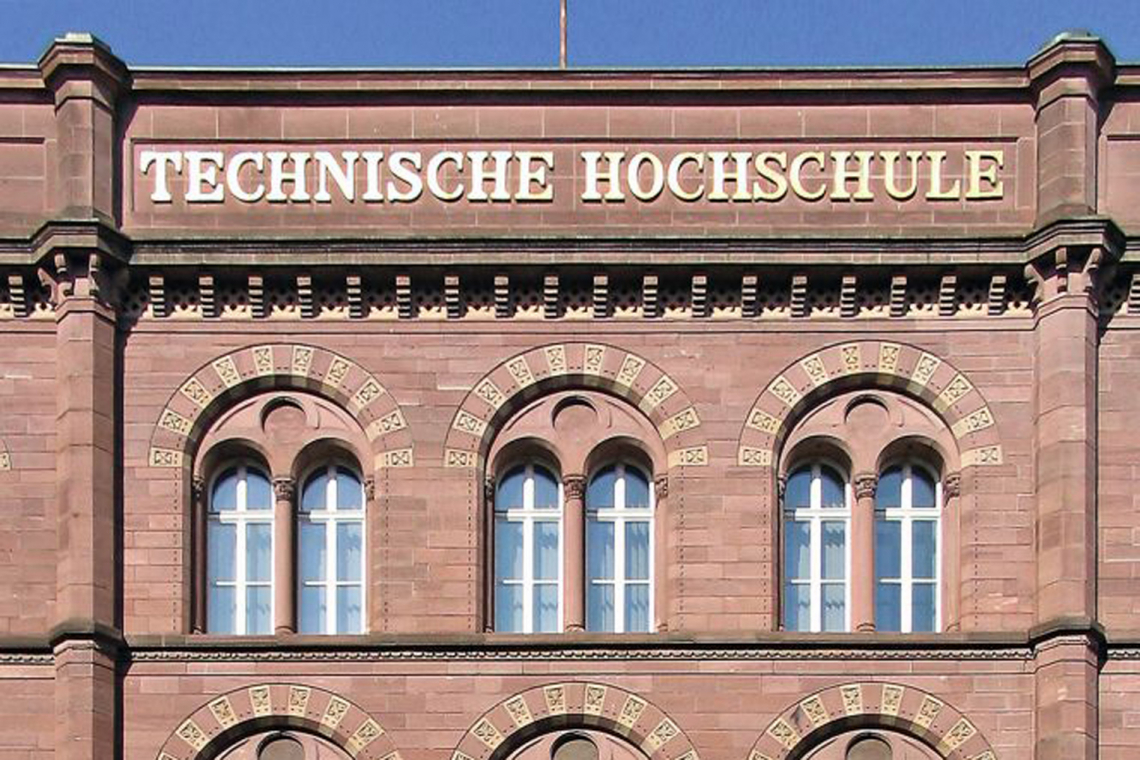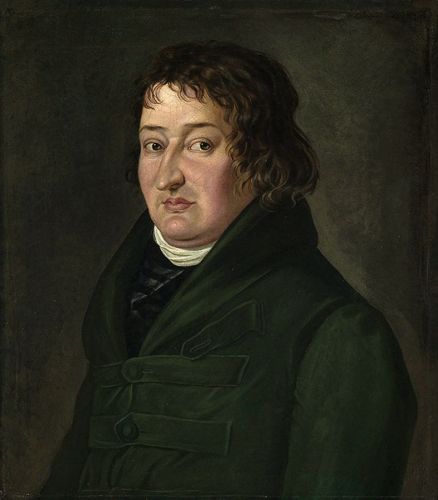The Age of Enlightenment and the subsequent technological revolution gave rise to many modern educational institutions in Europe. One of these was the Polytechnic School in Karlsruhe. Today it is called the Karlsruhe Institute of Technology (KIT), enjoys world fame and is 200 years old this year.
Anyone who believes that internationalization and globalization are modern inventions is mistaken. Trade routes from the Far East to the Mediterranean, from the Baltic Sea to the Alps or from Russia to Holland can be traced back to ancient times. This exchange was accompanied by competition in the quality of goods. This became even more intense during the Industrial Revolution, so that suddenly not only craftsmanship but also technical production know-how was in demand. Educational opportunities became a hot location advantage.
Consequently, the Grand Duke of Baden, Ludwig I, wrote at the opening of his polytechnic school that Baden must above all be capable of: "(...) competing with foreign countries in the excellence of products in form and material."
In the decades before the opening of the Karlsruhe School, much had happened in Europe in terms of philosophy, technology and business. Starting in France, the Enlightenment swept God from his throne. What was considered a miracle yesterday could be explained scientifically today. Initially, however, it was the idea of human freedom, the individual and human rights that inspired the Enlightenment. The ideas of Voltaire, Rousseau and the German Kant provided the philosophical foundation (which later led to the French Revolution). Finally, Descartes pursued a technical-scientific philosophy and so (natural) science ultimately predominated in the social current of the Enlightenment. At the instigation of three men in particular, the École Polytechnique was founded in Paris in 1794. Two of the three founding fathers, Lazare Carnot and Gaspard Monge, were not only natural scientists, but were also active as officers and politicians in the civil service. Both recognized the political benefits of a comprehensive education. The École Polytechnique was thus developed into the most advanced technical university in the world at the time.
It is therefore no wonder that it served as a model for two other universities in particular: a similar polytechnic opened in Prague in 1806 - and finally today's KIT in Karlsruhe in 1825. The founding fathers included the lawyer Karl Friedrich Nebenius, the engineer Johann Gottfried Tulla and the mathematician Johann Friedrich Ladomus. All three had studied in Paris and brought ideas with them. As the founding of a polytechnic school in Karlsruhe was not yet in sight, Tulla - as one would say today - first did his own thing, a private school. He also advocated the establishment of a state engineering corps to advance the state of Baden. Especially in the areas of water and road construction. In addition, there was the Grand Ducal Physical Cabinet.
What Tulla was to civil engineering, the architect Friedrich Weinbrenner was to structural engineering. Like Tulla, he had already founded his own technical school, the Architektonisches Institut für Bauhandwerker Karlsruhe. Both private educational institutions were later incorporated into the emerging polytechnic. This had already started teaching in 1825 with twelve teachers. They struggled to teach the basics. The curriculum (of course) included mathematics, natural sciences and chemical engineering. But also subjects such as economics, drawing and descriptive geometry.
Although the Grand Duke had demanded "excellence in form and subject matter" from the polytechnic, as mentioned above, he did not want to spend money on it. And so the school's financial resources were more than meagre. Anyone who wanted to study in Karlsruhe had to bring money with them. Karl Friedrich Nebenius therefore called the institution "a true freak of nature" in those years. The project was in danger of failing.
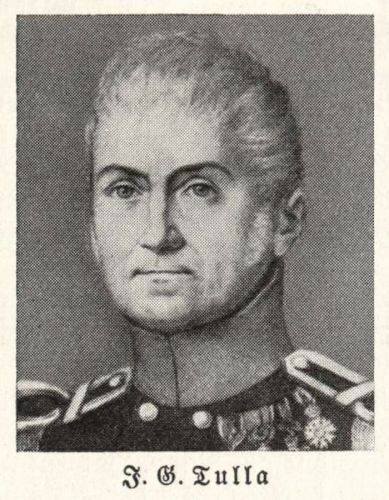 Johann Gottfried Tulla studied at the École Polytechnique in Paris and is considered one of the founding fathers of KIT
Johann Gottfried Tulla studied at the École Polytechnique in Paris and is considered one of the founding fathers of KIT
The ugly duckling moults
But then, in 1830, Leopold replaced the old Grand Duke. Leopold incorporated Tulla's and Weinbrenner's private schools into the Polytechnic and also commissioned Nebenius with the reform.
Nebenius reorganized the polytechnic into five faculties: Water and Road Construction; School of Architects; School of Chemistry, Mining and Metallurgy; a School of Forestry; a School of Commerce. In addition, Nebenius modernized the teaching content of all these faculties. In 1841, he created a sixth faculty with mechanical engineering.
The spatial situation had also improved. In 1836, it was possible to move into a new building, designed by Heinrich Hübsch, which offered space for 300 students. Hübsch was a student of Weinbrenner and based his design on many successful existing school buildings.
Despite all its efforts, the Polytechnic School in Karlsruhe had until then been more of a remote provincial school, but this changed abruptly when the management decided to follow the principle of Alexander von Humboldt, who demanded that research and teaching should be in the same hands. The improved financial situation made it possible to attract important scientists to Karlsruhe.
A real heyday followed. In 1858, an international congress of natural scientists and doctors was held, which was attended by prominent figures. Among others, Hermann Helmholtz, Justus von Liebig and Rudolf Virchow attended. Just two years later, in 1860, the Karlsruhe chemist Karl Weltzien invited international greats of this science to meet and August Kekulé presented his new chemical nomenclature. This meant nothing less than the beginning of modern chemistry.
One of the teachers in Karlsruhe at that time was the mechanical engineer Franz Grashof, who was of the opinion that all polytechnic schools should be given the status of universities. However, preparatory training and general education should be reserved for schools and trade schools. Following this proposal, the new Grand Duke Friedrich I elevated the polytechnic school to university status in 1865. The management then adopted a university constitution including self-administration. In 1885, the name was changed to Technische Hochschule. Fridericiana, as the university was also called from 1902, is thus the oldest technical university in Germany.
In 1899, Karlsruhe was granted the right to award doctorates. From 1901, women were also allowed to enrol as students, a sensation at the time. In 1903, Magdalena Neff became the first woman in Germany to complete a full degree. And in 1915, the first woman, Irene Rosenberg, was also awarded a doctorate in Karlsruhe.
But there were also dark times. From 1933, so-called German physics was taught in Karlsruhe, which Einstein now regarded as non-existent. The university in Karlsruhe lost almost its entire reputation in the few years of National Socialism.
Teaching was resumed in 1945 with 120 students enrolled after the Second World War. Things picked up again from 1950. More than 4,000 students were enrolled, including 200 women. And digitalization arrived: the Zuse Z 22 was installed. This computer is as big as a built-in cupboard, has 415 tubes - and it still works today! In this context: The first e-mail ever sent came from Cambrigde, Massachusetts in 1984. And after a day in the ether, it naturally landed in the computer science faculty in Karlsruhe. In 1967, the college became the University of Karlsruhe.
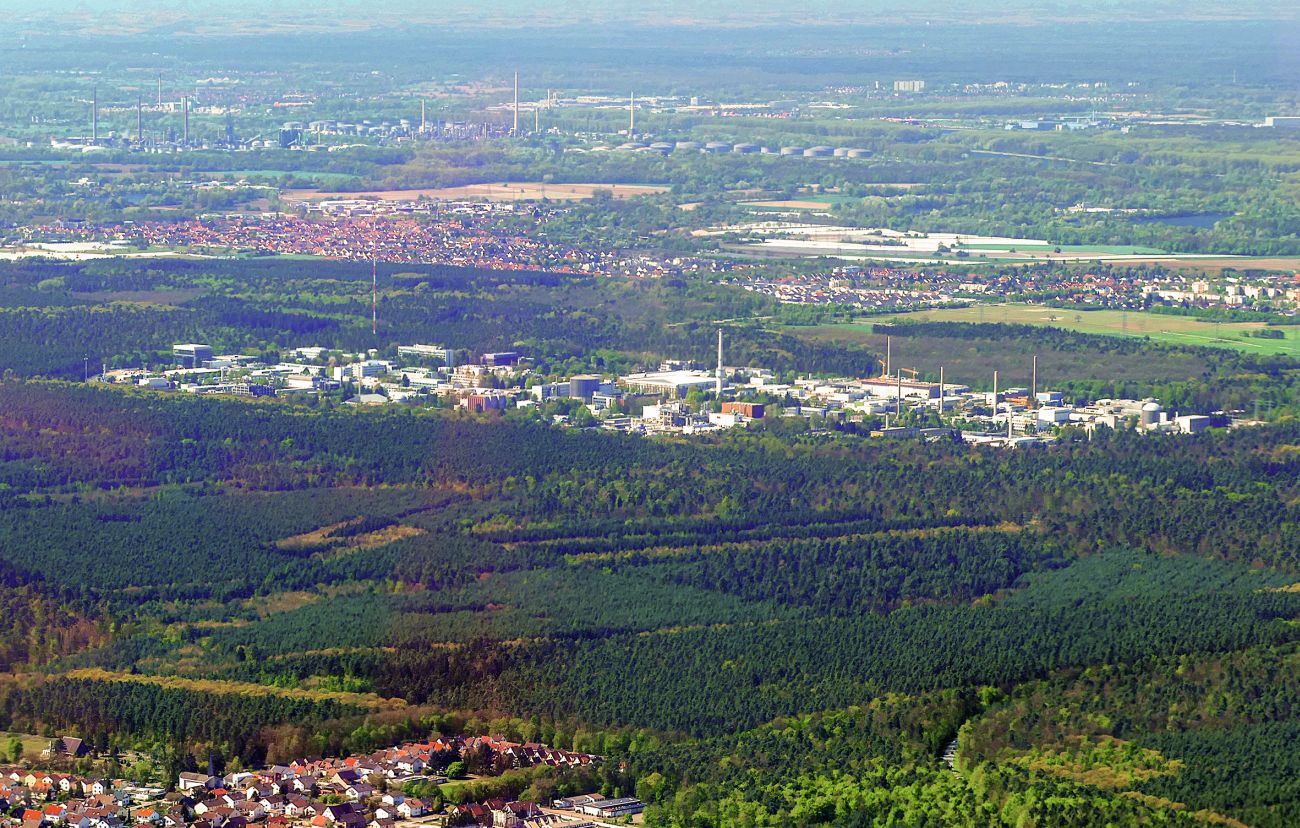 The site of the former Karlsruhe Nuclear Research Center in the Rheinwald forest. Named KIT Campus North after the merger - (Photo: Wikipedia commons/Rolf Kickuth)
The site of the former Karlsruhe Nuclear Research Center in the Rheinwald forest. Named KIT Campus North after the merger - (Photo: Wikipedia commons/Rolf Kickuth)
Two become one
In 1956, a research facility called the Karlsruhe Nuclear Research Center (KfK) was built in the north of Karlsruhe. The initiator of the center was the then German Minister of Atomic Energy, Franz Josef Strauß. The purpose of the research was the use of nuclear energy and basic research into nuclear physics. The shareholders and financial backers were the Federal Republic of Germany (90 percent) and the state of Baden-Württemberg (ten percent). Research reactor 2 was built first, based on the heavy water reactor principle developed in Germany. This was followed by the larger Karlsruhe multipurpose research reactor, which operates on the same principle, and the KNK breeder reactor prototype. A particular focus of KfK's work was the development of a modern process for the reprocessing of nuclear fuel, which was to be used in the Wackersdorf reprocessing plant.
From the early 1970s onwards, the Federal Ministry of Research and Technology increasingly assigned new non-nuclear tasks to KfK in order to apply the successful approach of large-scale research to other areas, such as environmental research, which was just beginning at the time. With the beginning phase-out of nuclear energy in Germany, this development was reinforced by the fusion technology, meteorology/climate research, environmental technology, genetics and toxicology, microsystems technology and basic research in physics programs. The reactors were replaced by new large-scale projects.
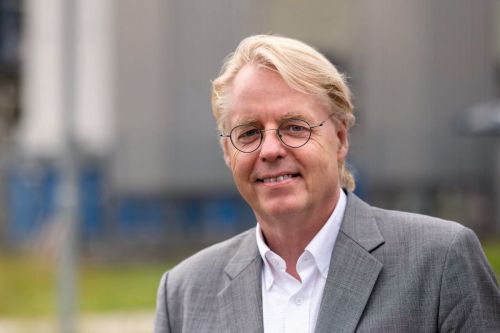 Prof. Dr. Jan S. Hesthaven has been President of KIT since October 1, 2024. He studied Computational Physics and earned his doctorate at Denmark's Technical University - (Photo: KIT)In 1995, the name was changed from Kernforschungszentrum Karlsruhe to Forschungszentrum Karlsruhe with the subtitle Technology and Environment. This subtitle was replaced by "in the Helmholtz Association" in 2002.
Prof. Dr. Jan S. Hesthaven has been President of KIT since October 1, 2024. He studied Computational Physics and earned his doctorate at Denmark's Technical University - (Photo: KIT)In 1995, the name was changed from Kernforschungszentrum Karlsruhe to Forschungszentrum Karlsruhe with the subtitle Technology and Environment. This subtitle was replaced by "in the Helmholtz Association" in 2002.
On October 1, 2009, Forschungszentrum Karlsruhe and the University of Karlsruhe merged to form the Karlsruhe Institute of Technology (KIT). It was not a love match. Although they were not enemies before, they were fierce competitors. KIT was founded in 2006 with the signing of the founding agreement. The first joint work was also carried out as early as 2006, and the joint KIT logo has been used on printed materials since 2006. In 2008, the founding agreement was confirmed by mutual obligations and cemented by a ceremony. Since October 1, 2009, KIT has officially been a public corporation. The legal independence of the university and the research center ended on this date.
KIT is now one of the largest scientific institutions in the world. The name Karlsruhe Institute of Technology was chosen in reference to the Massachusetts Institute of Technology (MIT). The site of the former research center is now called Campus North and the former university is Campus South.
Readers of "Galvanotechnik" will repeatedly encounter work and research projects in the field of surface technology at KIT in a variety of forms. KIT itself is involved in a wide variety of technologies across all faculties. For example, surfaces from Karlsruhe are used with a wide variety of technologies in architecture, construction, mechanical engineering and much more. application. And on the North Campus there are many practice-oriented training courses for special representatives in companies in the fields of environmental protection and occupational safety.

